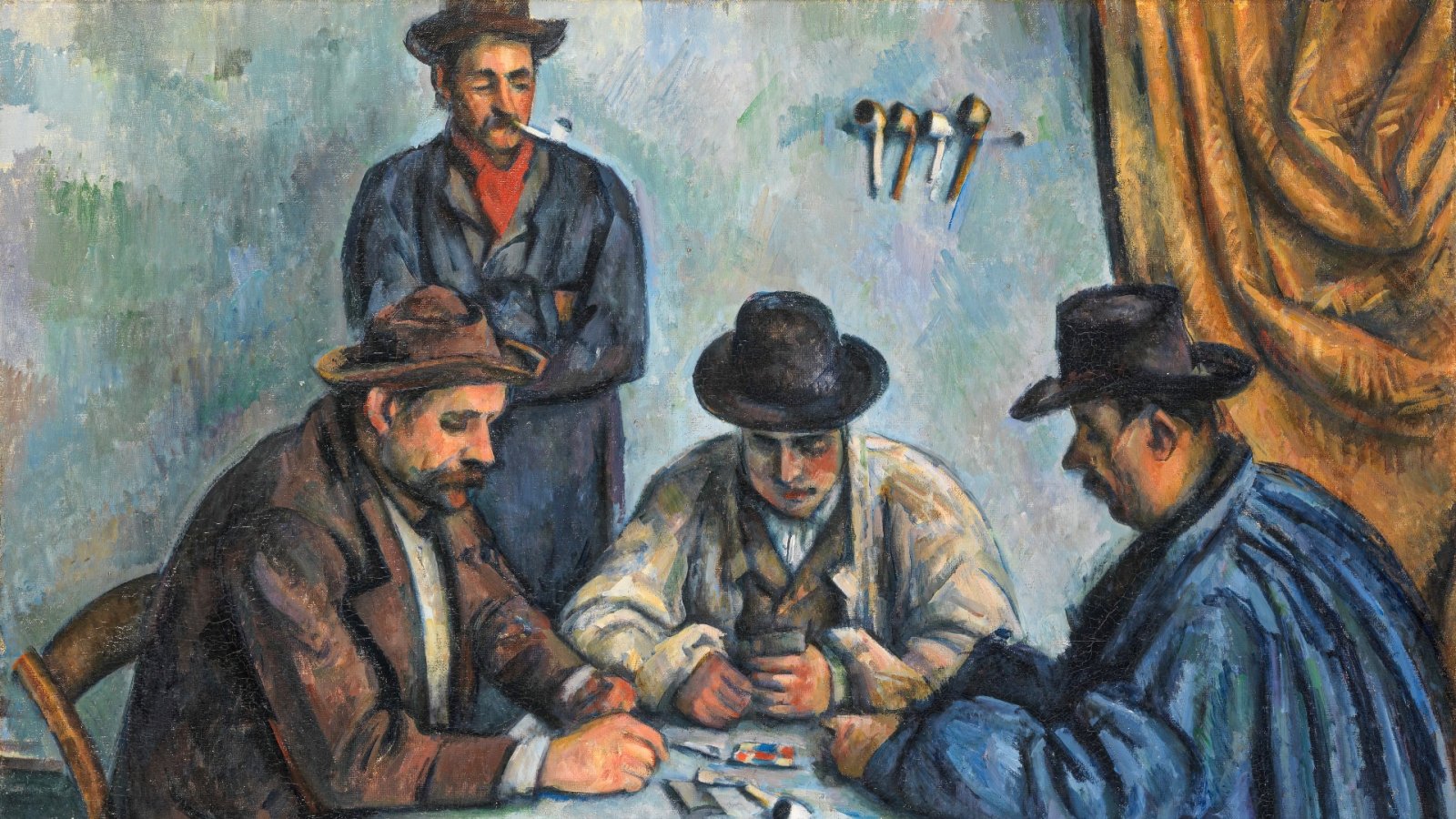Throughout the history of art, certain artworks have emerged that not only pushed boundaries but also ignited hot debates and reshaped the course of artistic expression. In this article, we’re talking about seven such controversial pieces that left an indelible mark on the art world. Because these artworks stirred up controversy and left an impact on art history, challenging conventions and redefining the possibilities of artistic expression.
What’s more, across the ages, artists have consistently created controversy, aiming to challenge prevailing societal structures and urging others to perceive life from new angles and perspectives. After all, isn't it the artist's duty to forge novel angles through their creative processes? Let us now acquaint ourselves with some of the boldest provocateurs from the art world in recent centuries, unafraid to push boundaries and disrupt the status quo.
Marcel Duchamp, Fountain
Undoubtedly, one of the most contentious artworks of the 20th century stands as the epitome of the concept where an ordinary object is transformed into art simply because the artist deems it so. In 1917, Duchamp presented a urinal to the recently established Society of Independent Artists. However, the Society rejected Fountain, contending that it lacked the qualifications of an artwork. Duchamp's audacious creation sparked numerous profound inquiries about what defines art and what’s the role of art institutions -- fundamental questions that have shaped the trajectory of art from the 20th century to the present day.
Jackson Pollock, Blue Poles
Jackson Pollock was a prominent figure among the Abstract Expressionists, leaving an essential mark on the art world. Renowned for his expansive paintings, he crafted these works by splashing paint onto large canvases spread on the floor. After the Second World War, Pollock sought to depict the irrationality of the modern man through his drip paintings, and among his most iconic works is the renowned Blue Poles. Initially, Pollock's radical painting style shocked viewers, but mass culture swiftly appropriated it. Nevertheless, Pollock himself maintained a critical perspective on the trajectory and reception of his work.
Guerilla Girls, Do Women Have to be Naked to Get into the Met. Museum?
The Guerilla Girls are a collective of feminist activists who employ a mix of factual information, humor, and provocative visuals to unveil instances of gender and ethnic bias as well as corruption within politics, art, film, and popular culture. In 1989, they made a billboard for the Public Art Fund in New York City, intending to critique museums for their inadequate representation of female artists and objectification of women.
Ai Weiwei, Dropping a Han Dynasty Urn
Ai Weiwei stands as a prominent provocateur in contemporary art, using his art to offer critiques of the Chinese government and advocate for freedom of expression. A notable example of his bold approach is the artwork titled "Dropping a Han Dynasty Urn." This piece captures the artist in the act of shattering a 200-year-old ceremonial urn, which held immense symbolic and cultural value - a performance that many people and critics condemned as an act of desecration.
Andy Warhol, Campbell’s Soup Cans
Andy Warhol, an iconic figure in the pop art movement, emerged as a highly influential and divisive artist during his era. His artistic endeavors took him into exploring the intersection of creative expression, celebrity culture, and mass media. One of his most renowned works, the 1962 painting titled Campbell's Soup Cans, sparked both intrigue and disdain when it was displayed in Los Angeles. While some viewers were captivated by it, many dismissed and scorned the piece.
Tracy Emin, My Bed
With the unveiling of her work, Tracy Emin swiftly solidified her position as one of the UK’s most controversial and beloved artists. When this artwork was initially showcased at Tate Britain in 1999, it elicited an array of reactions, ranging from profound disgust and severe criticism to utter fascination and captivation. The installation is a confessional piece that confronts societal taboos surrounding the most intimate aspects of human existence—failure, depression, and female imperfections.
Édouard Manet, Le Dejeuner sur l’Herbe
Back in the 19th century, In 1863, Édouard Manet's renowned painting faced rejection by the prestigious Salon in Paris, leading it to be displayed at the Salon des Refusés, where it ignited a huge scandal. The audacious depiction of a nude woman amidst a gathering of fully clothed men shocked both the art world and the general public. But Manet's artistic style in this painting pushed boundaries and surpassed the norms of his time.






